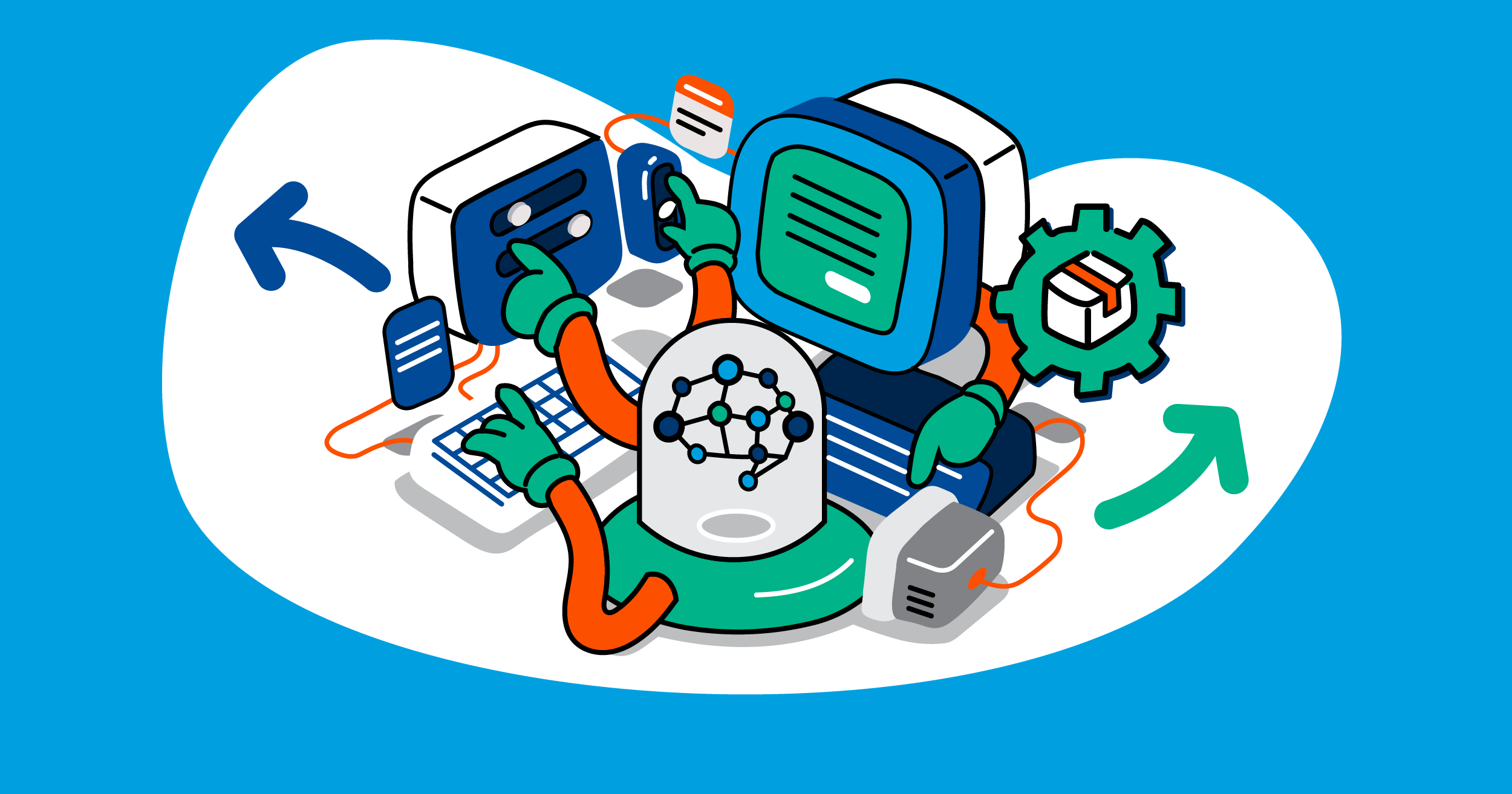
5 tips for using AI and automation to elevate your e-commerce store
Keeping up with orders, returns, customer service and inventory can get out of hand pretty quickly when your processes aren’t automated. Sending follow-up emails, reaching out to customers and answering questions in a reasonable time frame becomes unlikely if you are managing everything yourself.
So, here's 5 ways you can use AI and automation to improve your e-commerce store.
Quick links:- Create tailored e-commerce experiences with personalisation.
- Increase sales and customer satisfaction with product recommendations.
- Reduce costs and improve efficiency with inventory forecasting.
- Improve fulfilment speed with order processing.
- Streamline the returns process for customers with self-service solutions.

Automating your processes helps save you time.
When it comes to customer service, nearly half of all customers expect replies within 4 hours, while 90% see an instant response as either crucial or very important to their customer service experience (SuperOffice research).
If you’re answering similar questions on repeat or sending out duplicate content, automation is your answer.
Now with the progress being made with AI you can implement additional tools to streamline your operations and fast track your processes. You can use AI to help manage tasks, create notifications and reminders, send emails, answer questions and even make decisions on your behalf.
Creating unique, tailored experiences for e-commerce:
Implementing AI and automation helps you save time on repetitive tasks and gathers deeper insights of your customers. It reduces human error and helps maintain customer data, giving your team time to focus on creating, selling, marketing and delivering.
71% of consumers expect personalisation and 76% of consumers get frustrated when they don’t get it according to McKinsey research.
We know creating a personalised experience isn’t easy and it takes a good understanding of your customers' needs, wants and behaviour. By using AI tools and automation for marketing and virtual assistance you can build a personalised e-commerce experience.
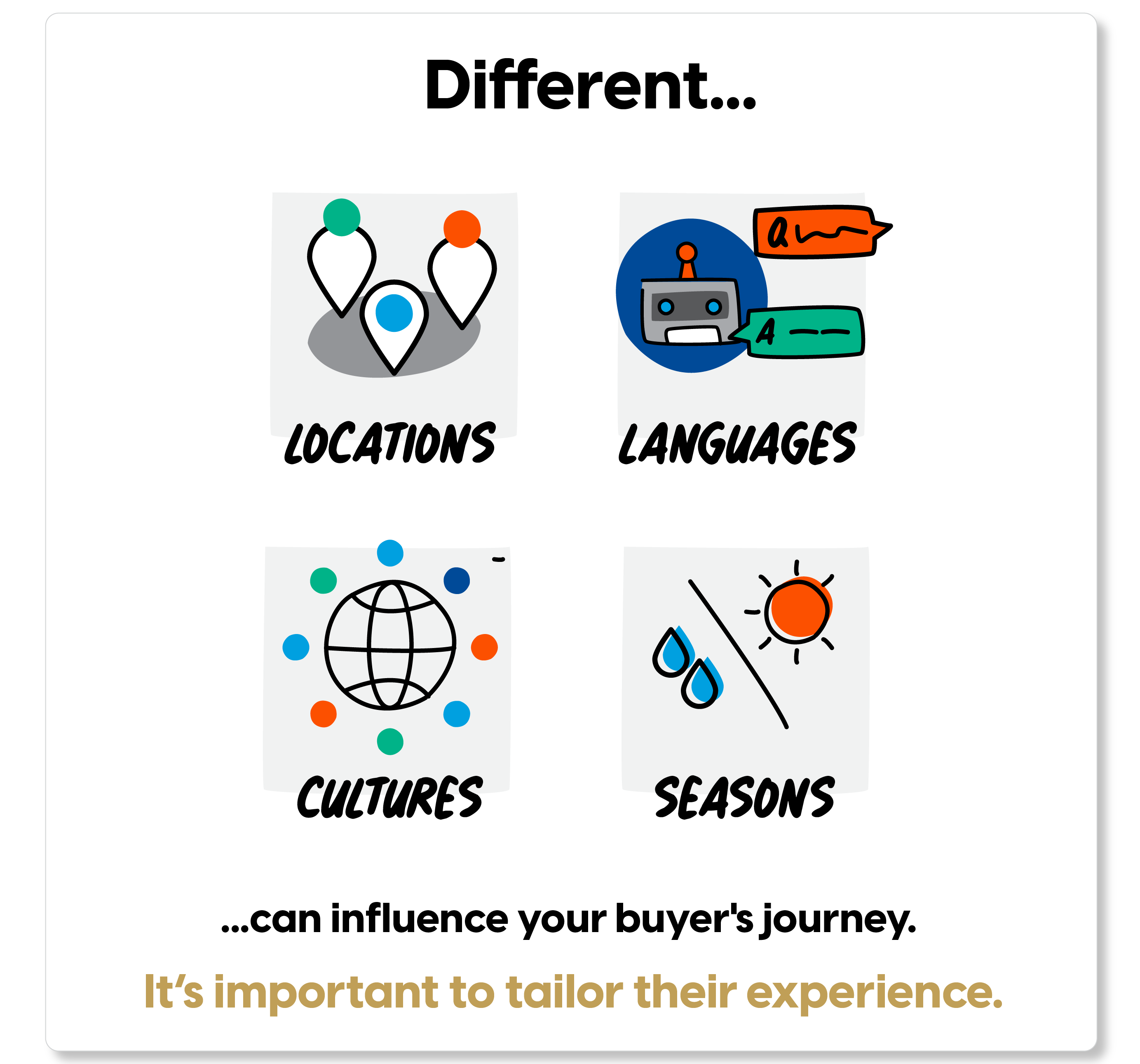
1. AI-enhanced personalisation: creating tailored e-commerce experiences
When you have a clear understanding of your customers' desires and behaviours you can build tailored experiences to better suit their needs. Different locations, languages, cultures and seasons can influence your buyer's journey and it’s important to tailor their experience to build a stronger connection with your audience.
AI can help optimise your e-commerce store by making recommendations based on the data it can access. A/B testing can show which option is more likely to succeed and lead to alternative solutions. This helps you optimise your marketing campaigns to be the most effective for your audience.
In the near future, we may see consumers preferring to have shopping experiences where algorithms and recommendations can be hyper-personalised to suit their needs. As the algorithm learns the consumers' preferences and behaviours, it can start to suggest products and services the consumer is most likely looking for.
Consumers want easy navigation, relevant product recommendations, tailored messaging, targeted promotions, tailored offerings to celebrate their milestones and high engagement when the consumer purchases for the first time (McKinsey research).
This of course, will make businesses rely on data, AI and behaviour tracking to build out hyper-tailored experiences.
So, how do you use AI for personalisation?
You can build out a strategy that is suited to your customers and enable technology to further your understanding and delivery of the experience.
For e-commerce, you can make custom designed website pages with alternative content for each target audience. For example, you can show your summer collection in one location and your winter collection in another for the same brand.
E-commerce can be designed with varying content, products and prices depending on your customers' needs. You can use AI software to help guide your decisions and help implement personalisation across your channels.
3 examples of AI software that help build personalised experiences.
- Insider helps bring customer data together (from your website, apps, email, CRM, and POS systems) and makes recommendations for personalisation with AI. Insider uses AI to predict and connect customer data across multiple channels (social media and messaging apps) and tracks consumer behaviour to predict what customers are likely to do next.
- Bloomreach uses automation and Loomi AI to help create, send and manage marketing campaigns. This AI is designed to help with product recommendations, fix spelling mistakes for better search results and offer real time insights.
- HubSpot’s Marketing Hub and Sales Hub CRM are used for building tailored automation workflows to suit your business needs. You have the power to design automated workflows that fit your processes and campaigns, email sends, posts, follow ups, notifications, website A/B testing and much more. HubSpot is ideal for those looking for scalable solutions as each platform can be customised to suit your size of business and adjust with you as you grow.
2. AI optimised product recommendations: Increasing sales and customer satisfaction for your online store.
Product recommendations help increase the likelihood of a sale (or upsell) by speeding up the time it takes a consumer to find something they're looking for.
By leveraging advanced machine learning AI (ML) algorithms to analyse user behaviour, preferences and historical purchase data you can begin to make automated recommendations. You can set triggers, monitor interactions and use segmentation to build out a tailored strategy. Making the recommendations personalised and relevant based on their needs and interactions.
- A good example of a brand who optimises product recommendations is Amazon. Based on previous searches, Amazon makes recommendations for complementary items or fast tracks the consumer experience by showing items that are most relevant.
Setting up AI optimised product recommendations can be done through third party apps or integrations.
Depending on the platform you’re using you will be able to find a solution through an external tool. Custom solutions may be needed when you have certain requirements or need solutions on a bigger scale.
If you have a Shopify website, you can use Shopify’s App Store to integrate AI product recommendation software. Popular apps include Glood Product Recommendations, Wiser Product Recommendations and Limespot.
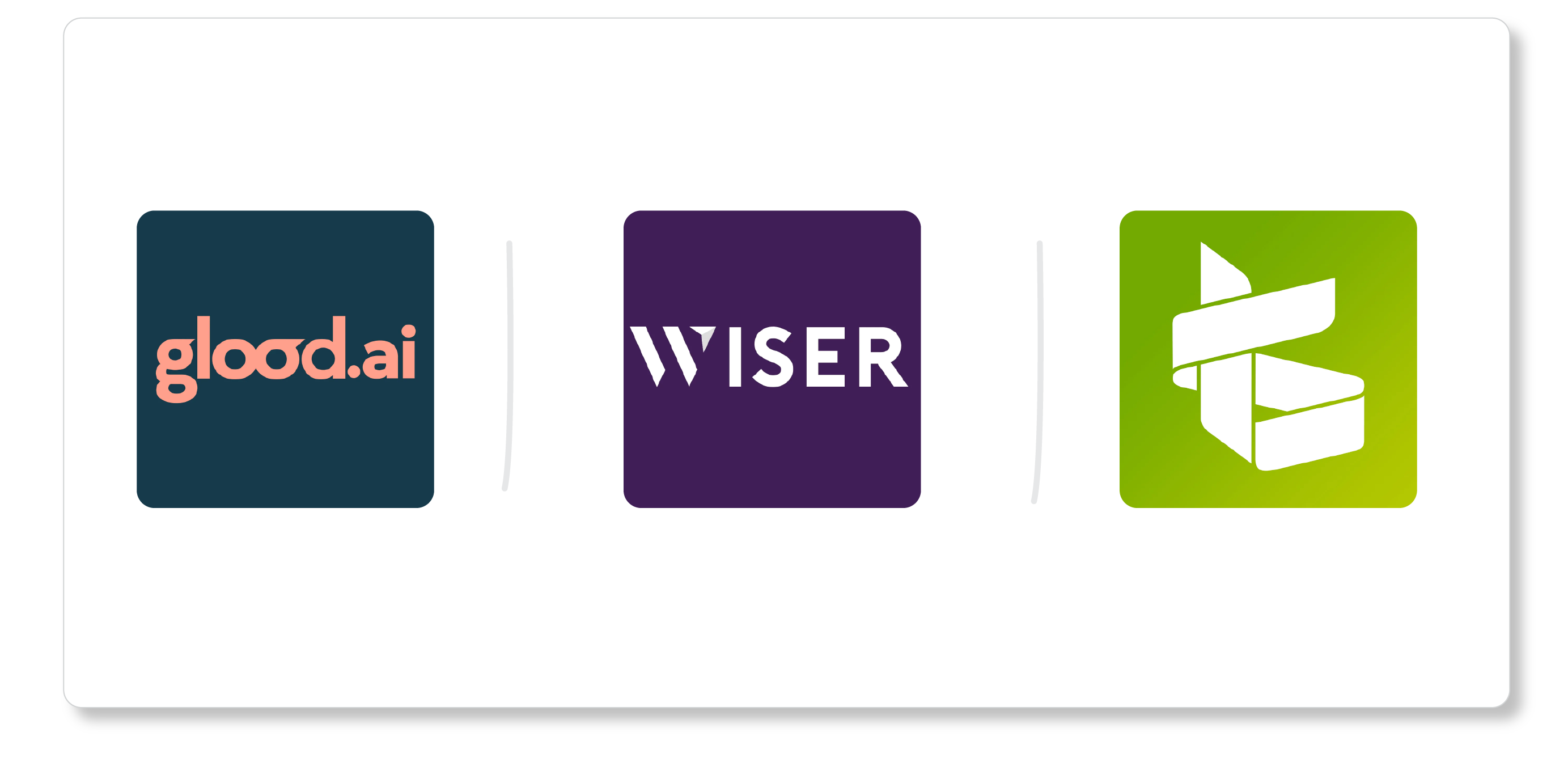
For the best results, combine the insights you already have on your customers with your new automated process.
Once you have implemented product recommendations you will be able to assess new data and discover your customer's preferences. This allows you to make new adjustments based on their behaviour and sell with a personalised experience.
3. Inventory forecasting:
Reducing costs and improving efficiency with predictive analytics.
Managing inventory is now a lot easier with AI. Using historical buyer behaviour and economic indicators you can now predict inventory levels with more accuracy. With predictive analytics, you can get an understanding of what’s to come and reduce upfront costs. 
3 ways to assess inventory:
- Linear and multiple regression analysis
See how sales promotions or seasons affect how much people want to buy. This method looks for connections between influential factors and the demand for products.
- Time series analysis
This approach looks at past sales information to find patterns and trends. By understanding how demand has changed over time, it helps make predictions about what demand might be in the future.
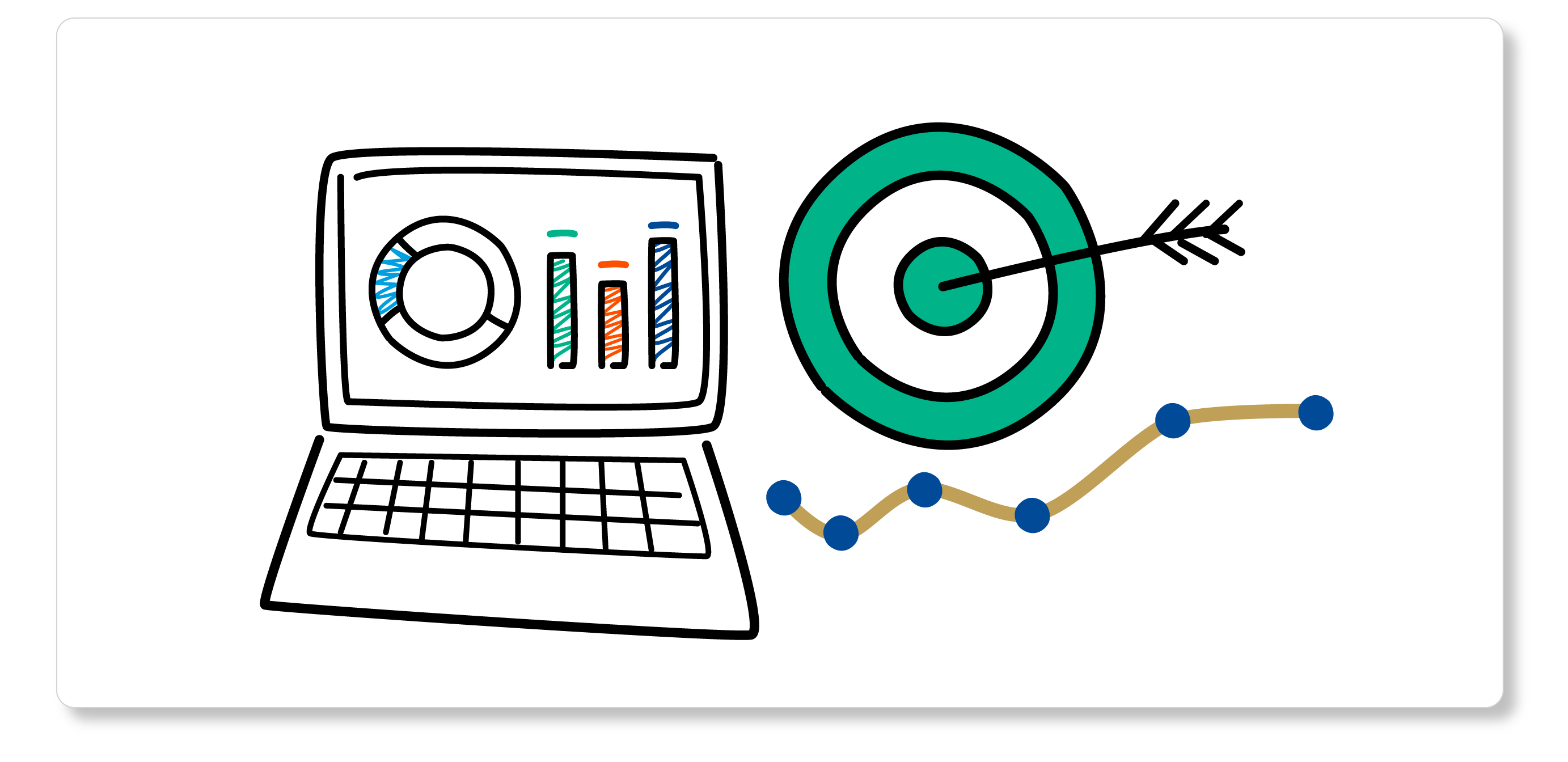
- Machine learning (ML)
By using algorithms, you can find patterns in large amounts of data. ML helps reveal hidden insights and makes more accurate predictions by learning from the data itself.
No forecast is ever 100% accurate, but it’s worth putting in processes to ensure the most accurate reading to save costs and optimise spendings.
Your data and collection process will also play a major factor in your ability to predict future inventory. Your processes need to be accurate and the collection of data needs to be reliable.
Zoho Inventory uses AI software to track inventory across multiple channels, customising reports and analytics for accurate ordering. More suitable for small to medium sized businesses.
Amazon Web Services (AWS) uses AI-powered inventory management to increase forecasting accuracy, reduce average stock levels and verify forecasting predictions. AWS uses sales data to send forecasting reports back into your existing ERP and BI systems. This integration helps you gain a deeper understanding of your inventory levels so you can make better decisions.
4. Automated order processing: Improving efficiency and fulfilment speed
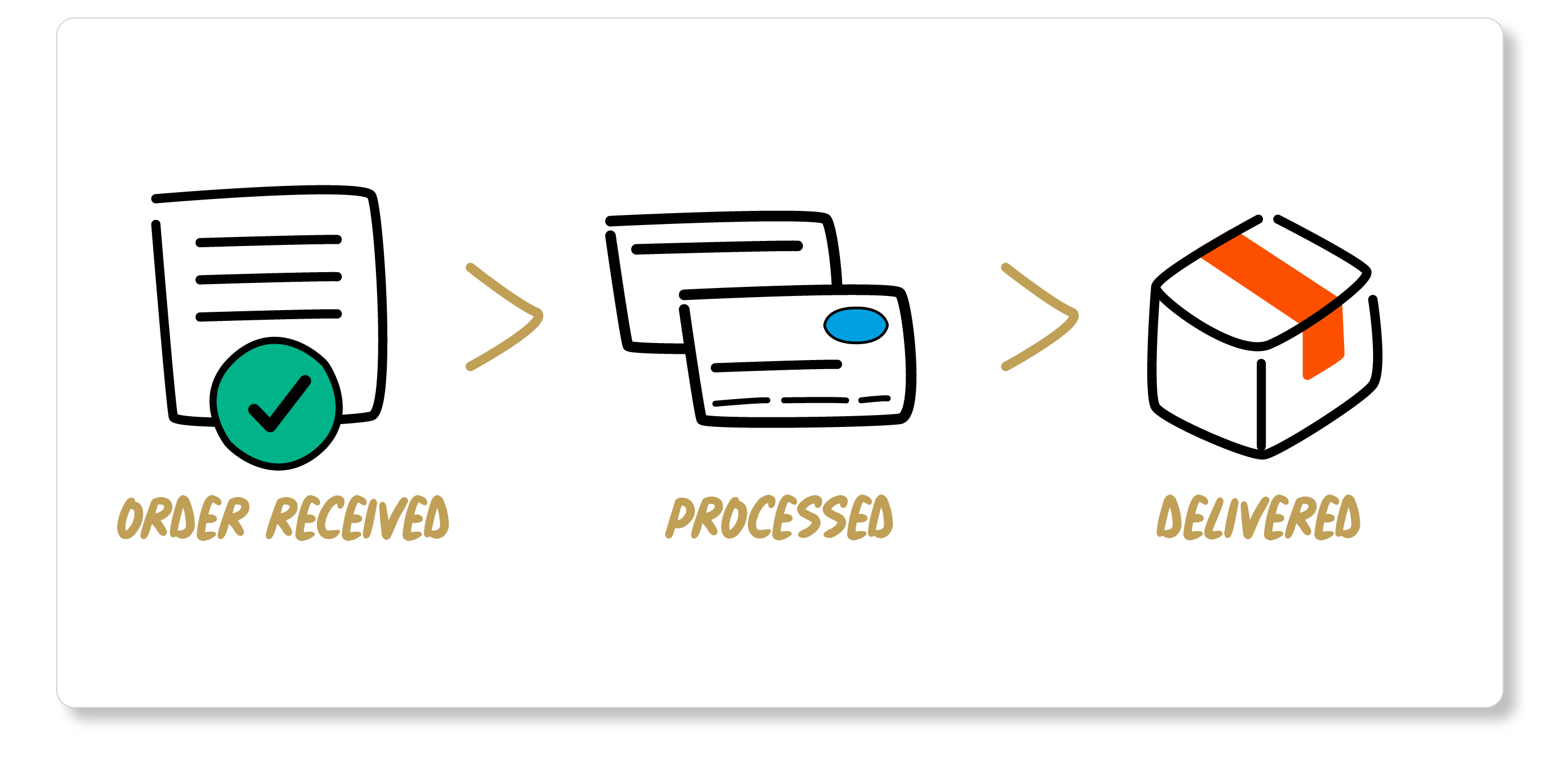
If you had to manually check when orders are being placed it would take a lot longer to manage, pack and send orders. Being automatically notified and setting up automated order processing systems will save you time and lower costs. Using software to manage your order fulfilment improves accuracy when collecting customer data.
An automated processing system will receive and verify customer orders and then direct the information to your ERP inventory management system. Automated fulfilment enables you to process your orders from any location, making it a desirable solution for businesses with global reach.
Depending on your needs, you can choose software that empowers your order fulfilment processes and optimises efficiency. The Shopify Fulfilment network helps with faster delivery, simplified pricing predictions, smooth returns and optimised growth. Using an API you can integrate Shopify’s order fulfilment software to sync with inventory levels, shipping information and your e-commerce website.
5. AI enhanced return management: streamlining the returns process for customers
If you’re looking to drive greater efficiencies, save costs and give valuable time back to employees, automation is a great solution for streamlining your returns operations. By integrating your tech, tools, services and platforms you can create a unified experience for both your customers and employees.
Based on your return needs, AI and automation can help optimise your processes and reduce operational errors.
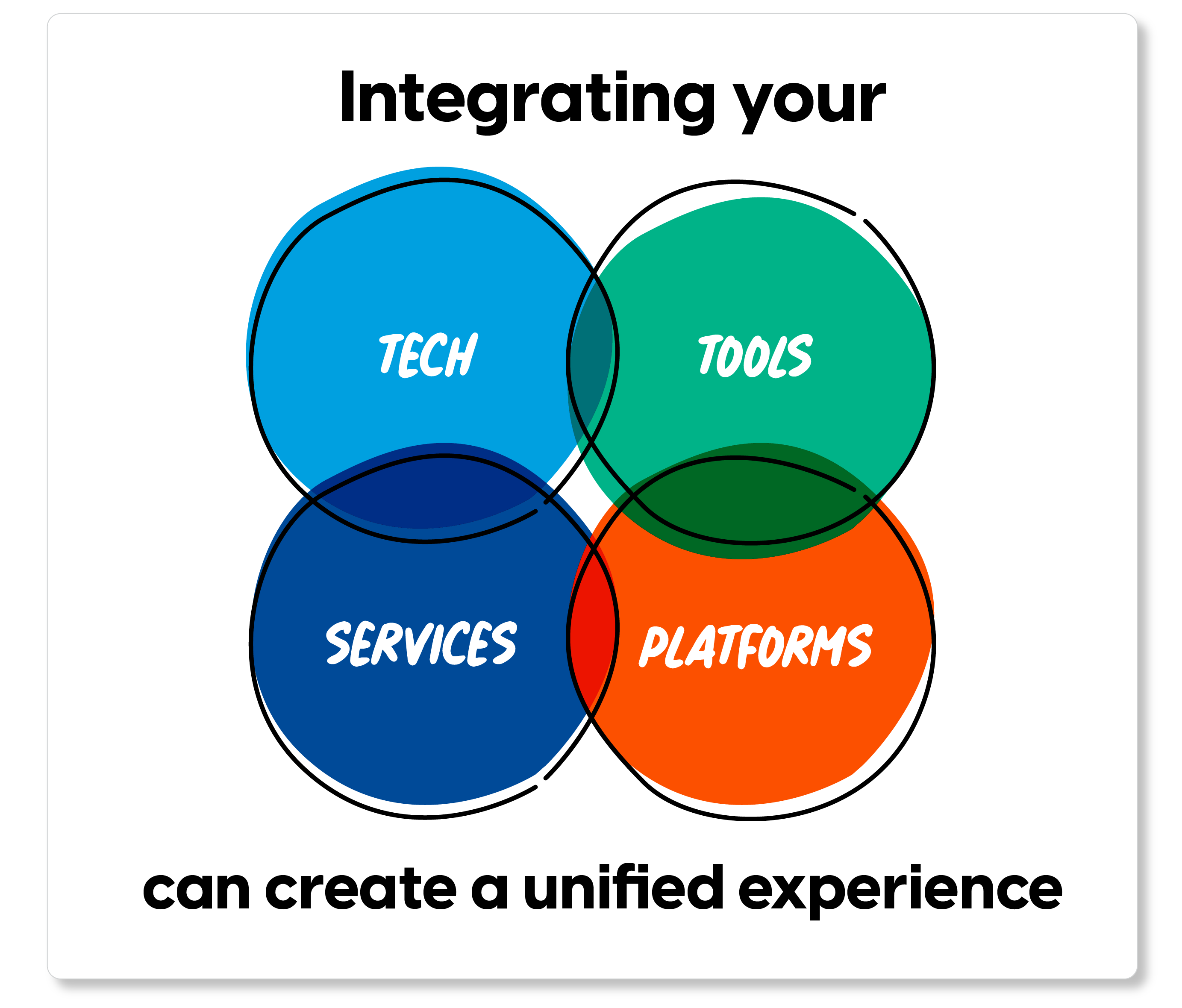
Self-service returns
Self-service returns processes are seen as a win-win for both customers and businesses. It streamlines the process to be much faster and requires less human interaction, keeping the process simple.
For example: Customers can fill out required information online, then automated notifications alert your team to approve requests or you can allow AI to approve returns based on your set requirements.
International returns streamlined with automation
Automation helps manage returns faster even on a global scale. Managing returns across multiple countries, regions, languages or customs clearances can turn into a logistical nightmare if not done efficiently. Automation will also help keep operations aligned across multiple channels.
Examples of AI and automation you can use for your returns process:
- Customer service: queries solved with chatbots, voice assistance and self-service portals.
- Analyse trends on recurring product returns: Find faulty, low quality products or sizing issues to allow for better strategic planning to minimise future returns.
- Update inventory for accurate stock levels.
- Optimise returns logistics: By analysing the best route, carriers and warehouses for each return and automating label generation.
- Detecting fraud and false claims: By analysing patterns and outliers.
- Customer transparency: Automated communication and notifications to update customers on returns progress. This enhances transparency with customers and reduces the amount of admin your team has to carry out.
When evaluating your returns process consider the following:
- How long does it take to fulfil a return order?
- What information is collected during the returns process?
- What communication channels are used?
- How much does it cost to process a return?
- How many errors occur in your returns process?
- How satisfied are your customers with your returns process?
- Are you expanding internationally?
- Are there cost saving goals associated with the new implementation?
Once you have evaluated your current returns process and determined your new strategy, you can look at which software will suit your needs the most.
Software used for e-commerce returns processes:

- Loop Returns, suitable for Shopify stores. Loop focuses on driving loyal relationships by nurturing customers through the returns process. Loop views the return process as an opportunity to keep customers happy and manage brand advocacy. They offer integrations and software capabilities to support you with optimising your returns process.
- Return Go is an e-commerce returns platform that integrates with any 3PL, ERP, Help Desk or loyalty program. You can connect any carrier in any country, making this one of the most accessible solutions worldwide.
- Happy Returns offers easy returns, exchanges and refunds for e-commerce, most suitable for USA businesses. They have a streamlined, box free and label free returns process through their ‘return bars’ and in various physical locations.
AI and Automation for e-commerce
Staying ahead of your competition requires leveraging the capabilities of AI and automation to create a seamless and personalised shopping experience that sets your store apart from the rest.
AI and automation can significantly transform your operations and elevate the performance of your e-commerce store. Tailoring your technology to suit your business needs will ensure you are optimised for efficiency, save valuable time and resources, enhance customer satisfaction and increase sales.
Don't stop now. Keep learning
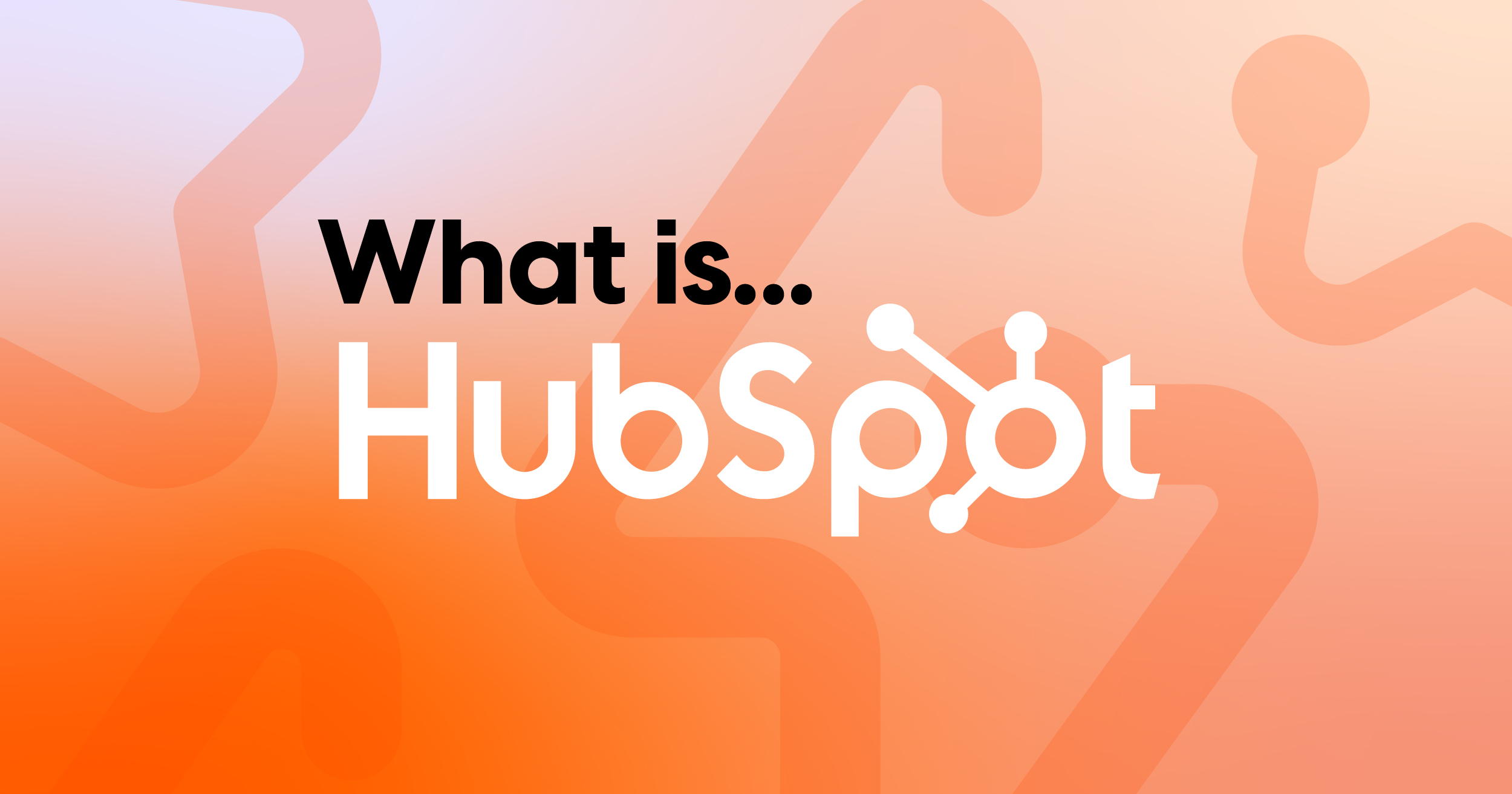 What is HubSpot? A Complete Guide for Enterprise Businesses
If you’ve ever felt like your marketing, sales and service tools are scattered across too many...
What is HubSpot? A Complete Guide for Enterprise Businesses
If you’ve ever felt like your marketing, sales and service tools are scattered across too many...
 How to clean data in Excel before Switching CRMs
Excel can be a powerful tool for cleaning data before migrating to a CRM system. Many businesses...
How to clean data in Excel before Switching CRMs
Excel can be a powerful tool for cleaning data before migrating to a CRM system. Many businesses...
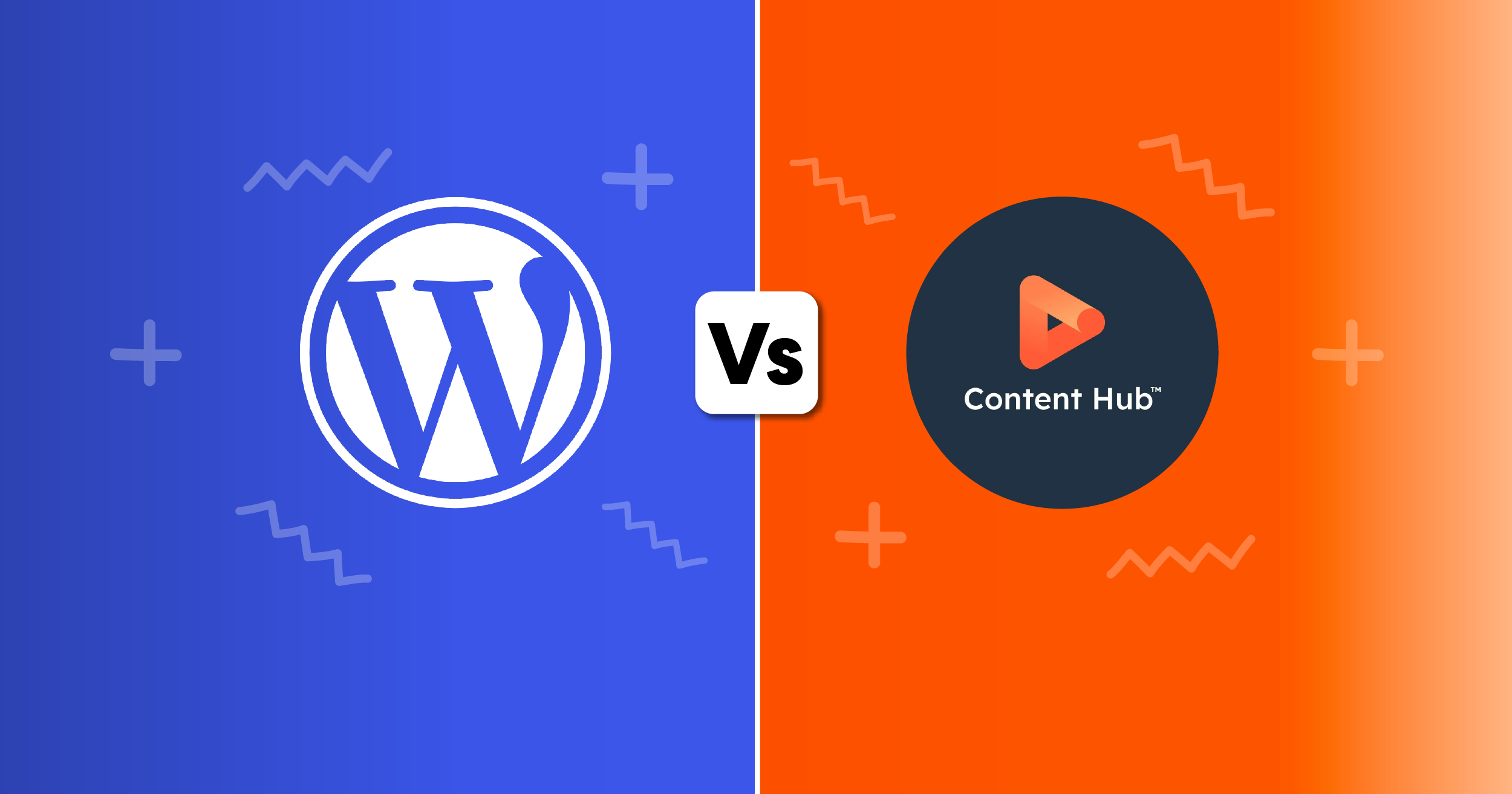 WordPress vs Content Hub (HubSpot)
How to pick the right platform for your business: Both WordPress and Content Hub are powerful...
WordPress vs Content Hub (HubSpot)
How to pick the right platform for your business: Both WordPress and Content Hub are powerful...



